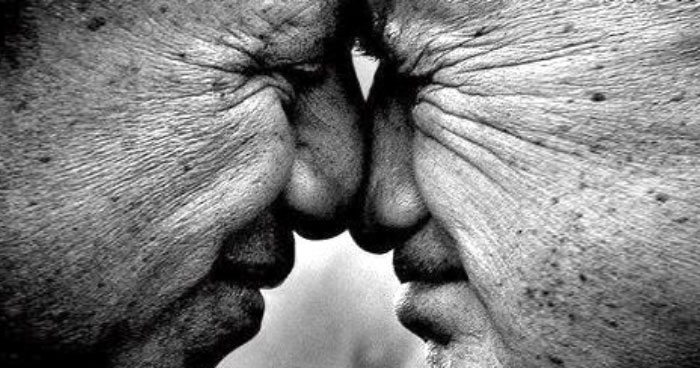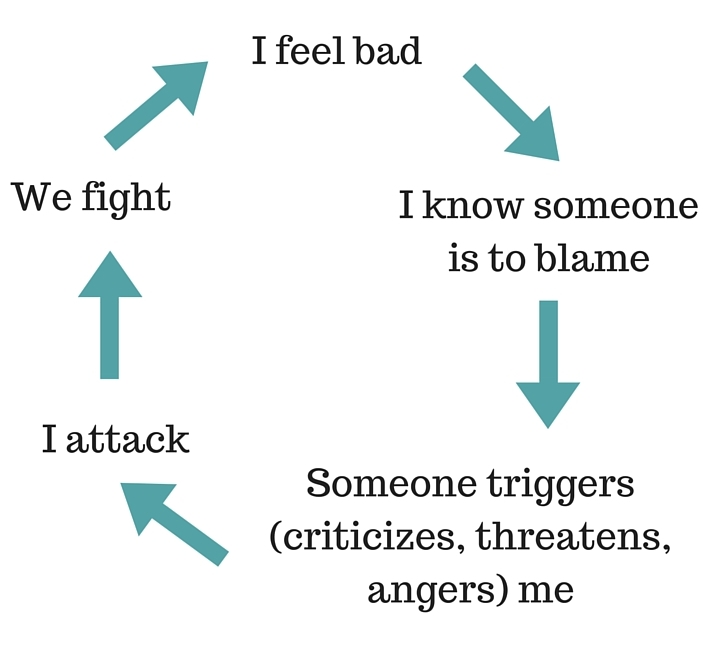By Kathryn Hayward, MD
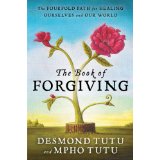 Leaders like Nelson Mandela and Archbishop Desmond Tutu, who helped end the violence, misery and separation of apartheid in South Africa, have shown us how to break cycles of violence.
Leaders like Nelson Mandela and Archbishop Desmond Tutu, who helped end the violence, misery and separation of apartheid in South Africa, have shown us how to break cycles of violence.
They forgave their oppressors and established the Truth and Reconciliation Commission “to enable South Africans to come to terms with their past on a morally accepted basis and to advance the cause of reconciliation.” It is a triumph of the human spirit that a country so torn apart by scapegoating, racism, hatred, violence, terrorism and atrocities could choose to learn to forgive.
Building on this work, in 2014, Archbishop Tutu and his daughter, the Reverend Mpho Tutu, both of the Anglican Church of Southern Africa, published The Book of Forgiving, which outlines the Fourfold Path, four steps that replace a cycle of violence with a cycle of forgiving:
- Tell the Story
- Feel the Feelings
- Forgive
- Choose to either renew or release the relationship
I recommend The Book of Forgiving to every reader of this blog, and you may wish to recommend it to your loved ones.
I’m sorry, please forgive me, thank you, I love you.
A friend wrote me about the Hawaiian practice of Ho’oponopono and shared the December 11 article in Uplift by Jonathan Davis, Understanding the Ancient Hawaiian Practice of Forgiveness. It focuses on the work of Haleaka Hew Len PhD, a Hawaiian psychologist and shamanic practitioner who says:
“On the surface level, many people have understood ho’oponopono to be a mantra where one repeats the words ‘I’m sorry, please forgive me, thank you, I love you’ as a form of mental and spiritual cleaning that could be compared to Buddhist techniques for clearing karma.
“It has been defined as a forgiveness and reconciliation practice, cleansing of ‘errors of thought’ – the origin of problems and sickness in the physical world, according to the Hawaiian worldview. The literal translation is:
“to put to right; to put in order or shape, correct, revise, adjust, amend, regulate, arrange, rectify, tidy up, make orderly or neat.”
The path to forgiving starts with forgiving ourselves. Our Judge/Globalizer, a Part of Self that I discussed in the last two blog posts, creates cycles of violence. As we begin to forgive ourselves, we are taking care of our Judge/Globalizer and connecting more fully to our true selves. And beyond forgiving ourselves, each of us has people we need to forgive, and people who we wish would forgive us.
This is one way to describe a cycle of violence. The flashing neon sign in this cycle is blame. If I feel bad and my reaction is to blame myself or someone else for my misery, I separate from myself or that someone else, and I perpetuate a cycle of violence. The cycle owns me. l make my world smaller and find it hard to escape from the pattern of the cycle. I impair my mental, emotional and physical health.
A different friend recently sent me a message about family and forgiveness from Pope Francis:
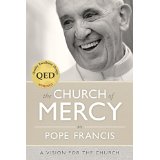 “The perfect family does not exist. We don’t have perfect parents, we don’t marry a perfect partner, and we don’t have perfect children. We have complaints one against the other. We deceive each other.
“The perfect family does not exist. We don’t have perfect parents, we don’t marry a perfect partner, and we don’t have perfect children. We have complaints one against the other. We deceive each other.
“A healthy marriage does not exist and a healthy family does not exist without people forgiving one another. Forgiveness is vital for our emotional health and our spiritual survival.
“Without forgiveness, the family becomes a place of conflicts and grievances. Without forgiveness, the family is sick. Those who do not forgive do not have peace in their soul nor connection with God. They hold within themselves a venom which poisons and kills. To hold an injury in the heart is destructive. Those who do not forgive become physically, emotionally and spiritually ill.
“The family has to be a place of life, not of death, of healing, not of illness, of forgiveness, not of blame. Forgiveness brings happiness where pain produced sadness, and healing where pain caused illness.”
This message speaks to me because it is extraordinarily powerful to have the head of a major religion making the link between physical illness and emotion. As a general rule, people do not make this connection. The connection between suppressed emotion and illness is not taught in medical education, so nurses, doctors and other health care professionals do not necessarily know about it, at least on a conscious level. They cannot talk to patients about what they do not know.
Jin Shin Jyutsu is an ancient art of moving energy by placing the hands on the body in certain positions. It is a powerful addition to the healing process. Jin Shin can help us connect better to ourselves and aid us on our path toward healing and forgiveness.
Jin Shin Jyutsu offers a rich self-care practice. On December 30 at 10:30 a.m. or 10:30 p.m., in whatever time zone you are in, consider joining others across the globe who seek to clear chaos, open themselves and others to forgiveness, and help heal Planet Earth through Jin Shin. You can experience self-care Jin Shin while participating in this global effort. The exercise appears at the end of this post.
I also invite you, as you think about your new year’s resolutions for 2016, to add something extra.
- Write, in your list of resolutions, something that you are going to do in 2016 that breaks at least one cycle of viol
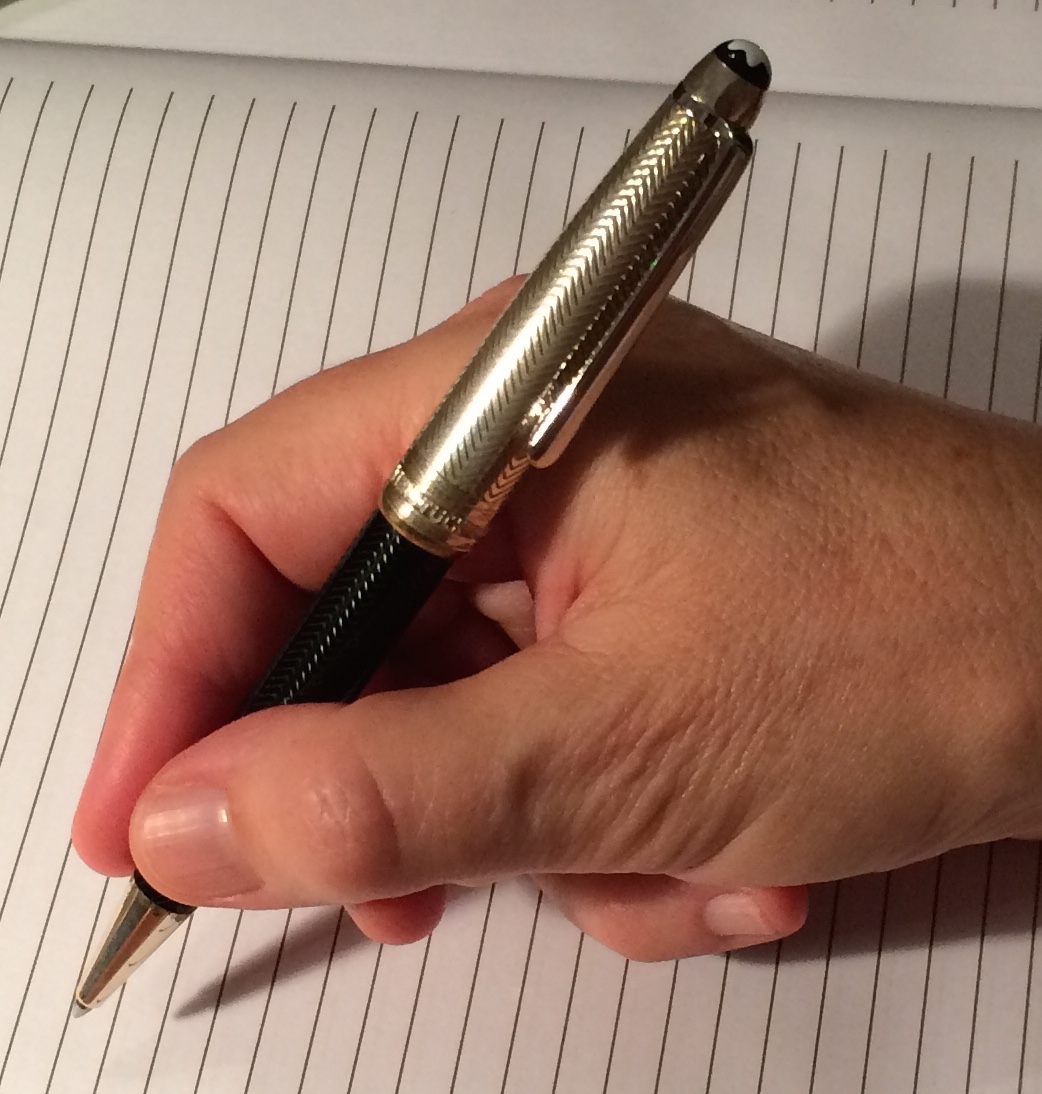 ence that you have in your life (see other December blog posts for defining cycles of violence).
ence that you have in your life (see other December blog posts for defining cycles of violence).
- Sit with a different piece of paper and date it December 31, 2016. Write a letter to yourself about what you will have accomplished during 2016 to meet your list of resolutions, especially paying attention to the cycles of violence. Put it in an envelope and in a safe place so you can read it a year from now.
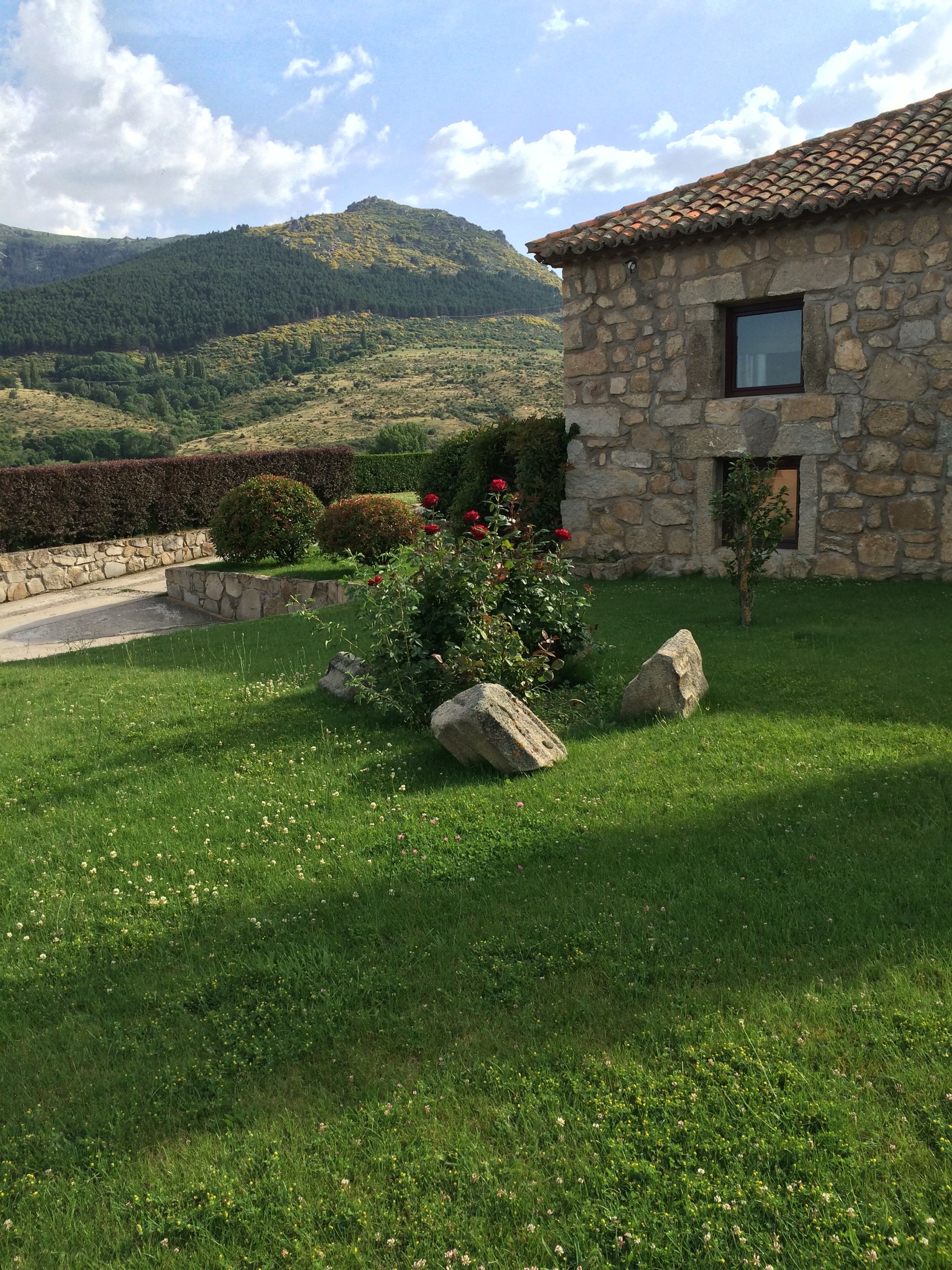 In International Integrators, we work to create a safe, loving, balanced life, forging our own sovereign journey, powered by our connection to sources within and outside of ourselves. We have three ways in which we work. We write blogs and encourage you to contribute articles to this blog space, we invest in projects that are making the world a better place, and we hold immersion retreats within which we can work more deeply to forgive ourselves and others.
In International Integrators, we work to create a safe, loving, balanced life, forging our own sovereign journey, powered by our connection to sources within and outside of ourselves. We have three ways in which we work. We write blogs and encourage you to contribute articles to this blog space, we invest in projects that are making the world a better place, and we hold immersion retreats within which we can work more deeply to forgive ourselves and others.
Come to Avila, Spain June 12-17, 2016 for our next Living Whole immersion and care even more effectively for your Judge/Globalizer. Take more conscious steps to forgive yourself and forgive others. Experience the healing power of Planet Earth. Cook whole food, plant-based meals, move your body mindfully, meditate, submerge in a Sound Bath and deepen your connection to yourself through Jin Shin Jyutsu.
Make 2016 the year when all the forgiving happened
Kathryn Hayward, M.D. was a primary care internal medicine specialist at the Massachusetts General Hospital and Harvard Medical School for 20 years. She now lives in Mallorca, Spain, where she practices Integrative Health in the United States and elsewhere through Odyssey Journey: A Collaborative Approach to Wellness, and is co-founder of International Integrators, a community devoted to the global promotion of Integrative Health.
Instructions for a one-hour Jin Shin Jyutsu global practice on December 30, 2015 at 10:30 a.m. or p.m. in your time zone:
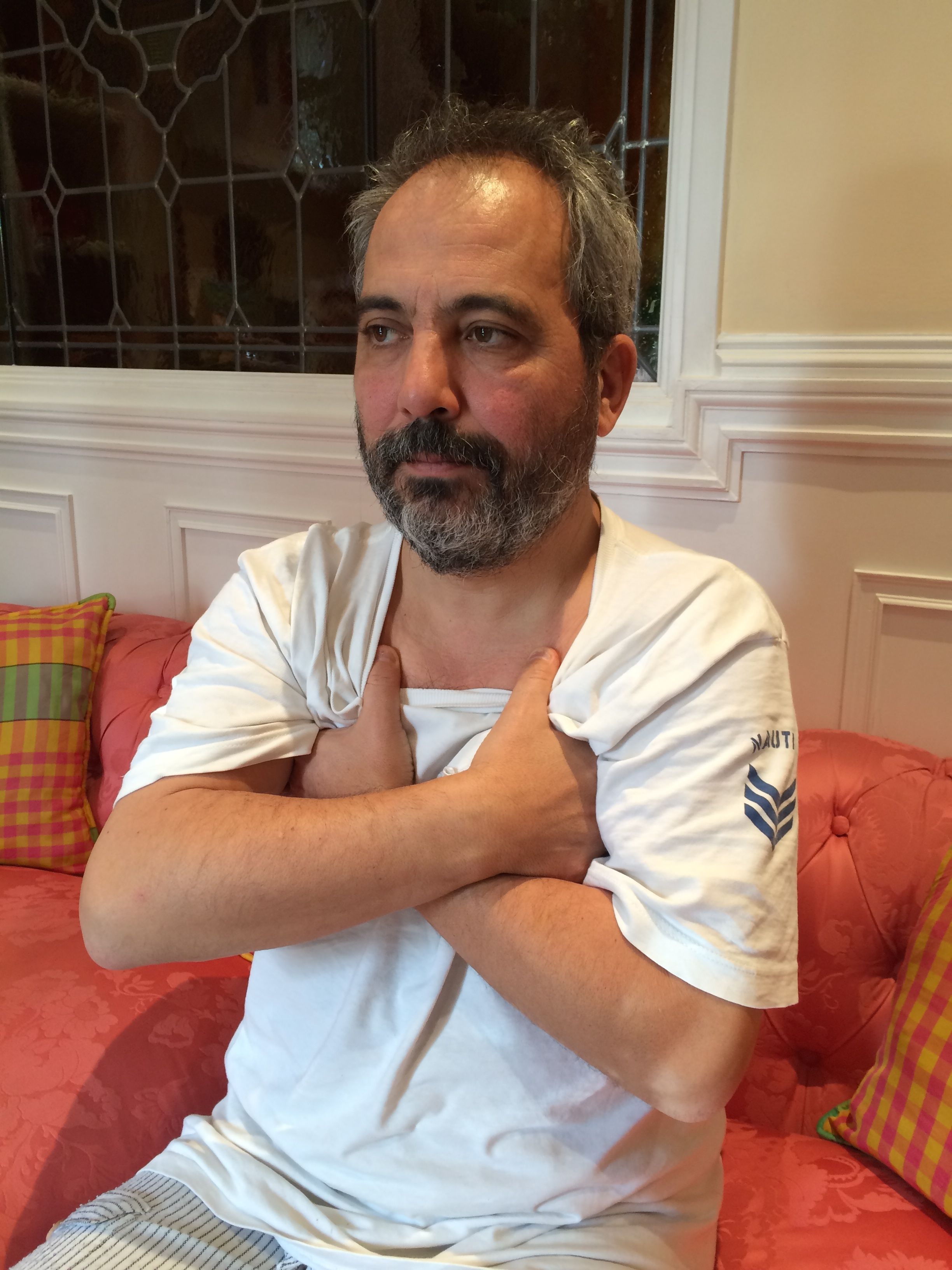 Exercise 1: Give yourself a hug. Place hands under each opposite underarm. Fingertips touch the shoulder blade and thumb comes up under the collar bone. Breathe slowly and deeply for 15 minutes.
Exercise 1: Give yourself a hug. Place hands under each opposite underarm. Fingertips touch the shoulder blade and thumb comes up under the collar bone. Breathe slowly and deeply for 15 minutes.
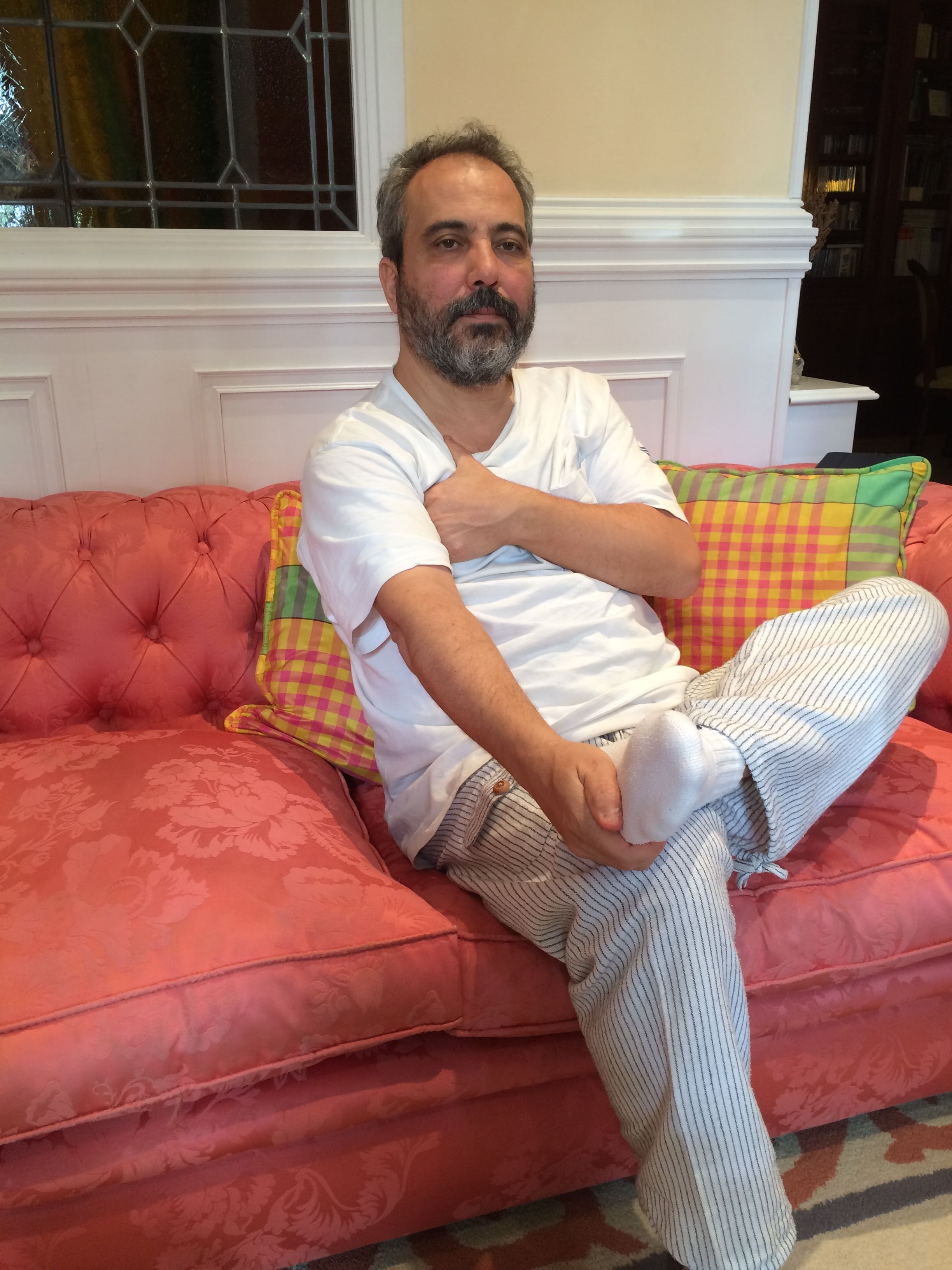 Exercise 2: Left hand under right underarm, with fingertips touching the right shoulder blade and thumb under right collarbone. Right hand is on the outside of the left foot. If you cannot reach your left foot, place your right hand at the base of your left ribs. Breathe slowly and deeply for 15 minutes.
Exercise 2: Left hand under right underarm, with fingertips touching the right shoulder blade and thumb under right collarbone. Right hand is on the outside of the left foot. If you cannot reach your left foot, place your right hand at the base of your left ribs. Breathe slowly and deeply for 15 minutes.
Exercise 3: Left hand under right underarm, with fingertips touching the right shoulder blade and thumb under right collarbone. Right hand is on the outside of the right foot. If you cannot reach your right foot, place your right hand at the base of your right ribs. Breathe slowly and deeply for 15 minutes.
Exercise 4:  Left hand under right underarm, with fingertips touching the right shoulder blade and thumb under right collarbone. Right hand is on the right groin, in the area where your leg bends. Breathe slowly and deeply for 15 minutes.
Left hand under right underarm, with fingertips touching the right shoulder blade and thumb under right collarbone. Right hand is on the right groin, in the area where your leg bends. Breathe slowly and deeply for 15 minutes.

